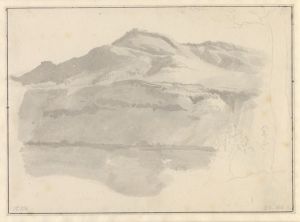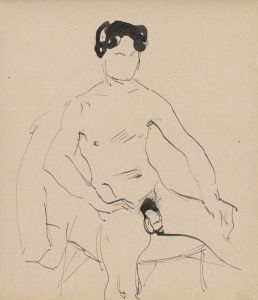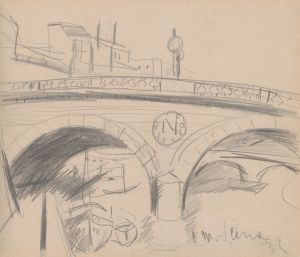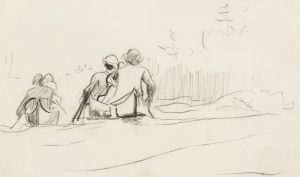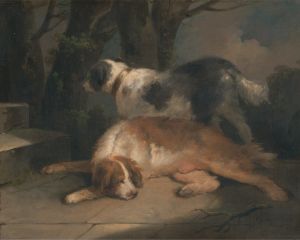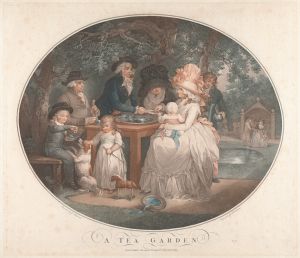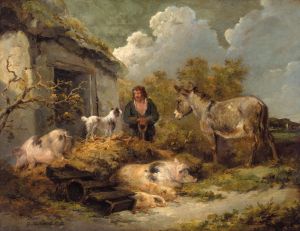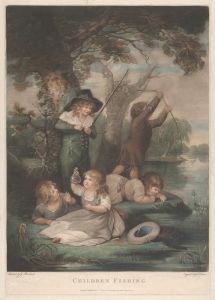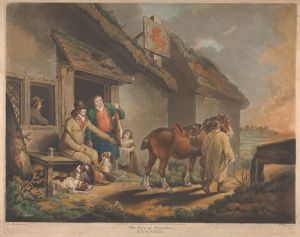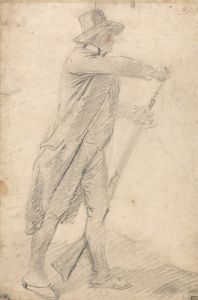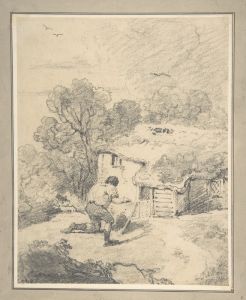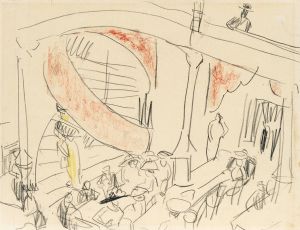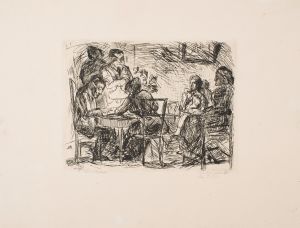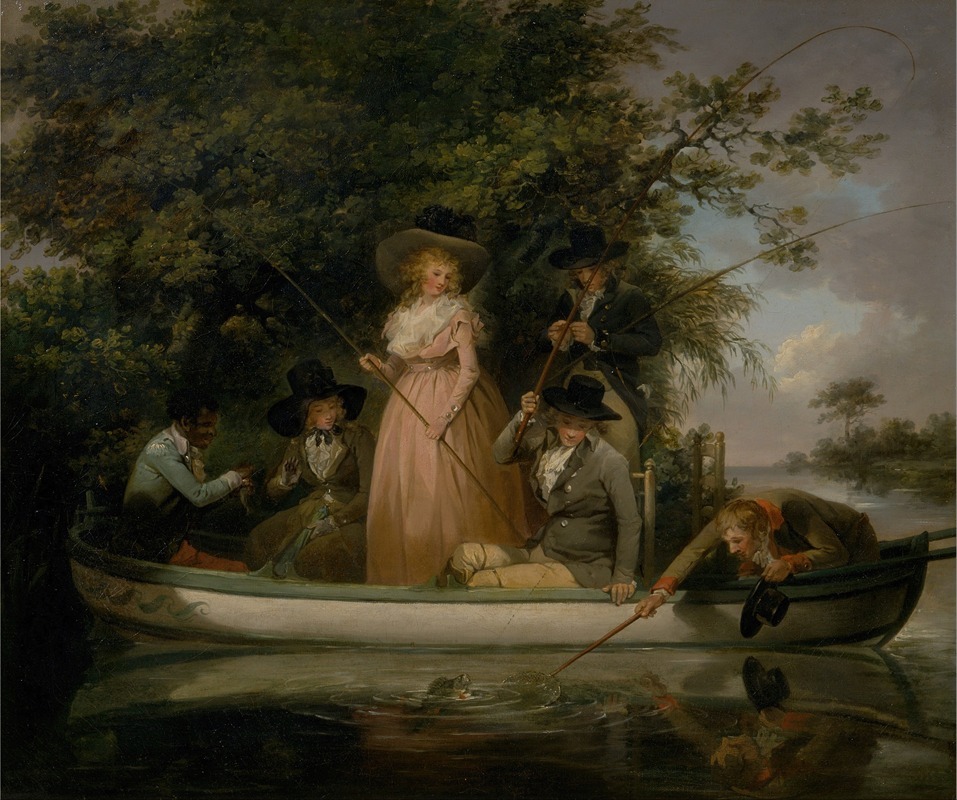
A Party Angling
A hand-painted replica of George Morland’s masterpiece A Party Angling, meticulously crafted by professional artists to capture the true essence of the original. Each piece is created with museum-quality canvas and rare mineral pigments, carefully painted by experienced artists with delicate brushstrokes and rich, layered colors to perfectly recreate the texture of the original artwork. Unlike machine-printed reproductions, this hand-painted version brings the painting to life, infused with the artist’s emotions and skill in every stroke. Whether for personal collection or home decoration, it instantly elevates the artistic atmosphere of any space.
George Morland was an English painter known for his rustic and rural scenes, often depicting the everyday life of the countryside. One of his notable works is "A Party Angling," which exemplifies his skill in capturing the essence of rural England during the late 18th century.
"A Party Angling" is a painting that showcases Morland's ability to portray outdoor leisure activities, a common theme in his body of work. The painting illustrates a group of people engaged in angling, or fishing, along a serene riverbank. This scene is typical of Morland's interest in depicting the simple pleasures of rural life, highlighting the tranquility and beauty of the natural environment.
Morland's technique in "A Party Angling" reflects his adeptness at using light and shadow to create depth and atmosphere. His brushwork is characterized by a loose, yet detailed style that brings the scene to life, capturing the movement of the water and the foliage surrounding the anglers. The composition is carefully balanced, with the figures and landscape elements arranged to guide the viewer's eye through the painting.
The painting is also notable for its depiction of social interaction and leisure, themes that were becoming increasingly popular in art during Morland's time. The figures in "A Party Angling" are portrayed in a relaxed and informal manner, suggesting a sense of camaraderie and enjoyment. This focus on everyday activities and the depiction of ordinary people was part of a broader trend in art that sought to move away from the grand historical and mythological subjects that had dominated earlier periods.
George Morland was born in London in 1763 and was the son of the artist Henry Robert Morland. He showed an early talent for art and was apprenticed to his father, who was also a painter and engraver. Morland quickly developed his own style and became known for his ability to capture the essence of rural life with authenticity and charm. Despite his success, Morland's life was marked by personal struggles, including financial difficulties and issues with alcohol, which ultimately affected his career and output.
"A Party Angling" is representative of Morland's work during the peak of his career, when he was producing paintings that were highly sought after by collectors. His ability to convey the simplicity and beauty of rural life has ensured that his works remain appreciated to this day. Morland's paintings, including "A Party Angling," continue to be celebrated for their contribution to the genre of rural and rustic scenes in British art.
Today, George Morland's works can be found in various public and private collections, and they continue to be studied and admired for their historical significance and artistic merit. "A Party Angling" stands as a testament to Morland's talent and his unique perspective on the world around him.





